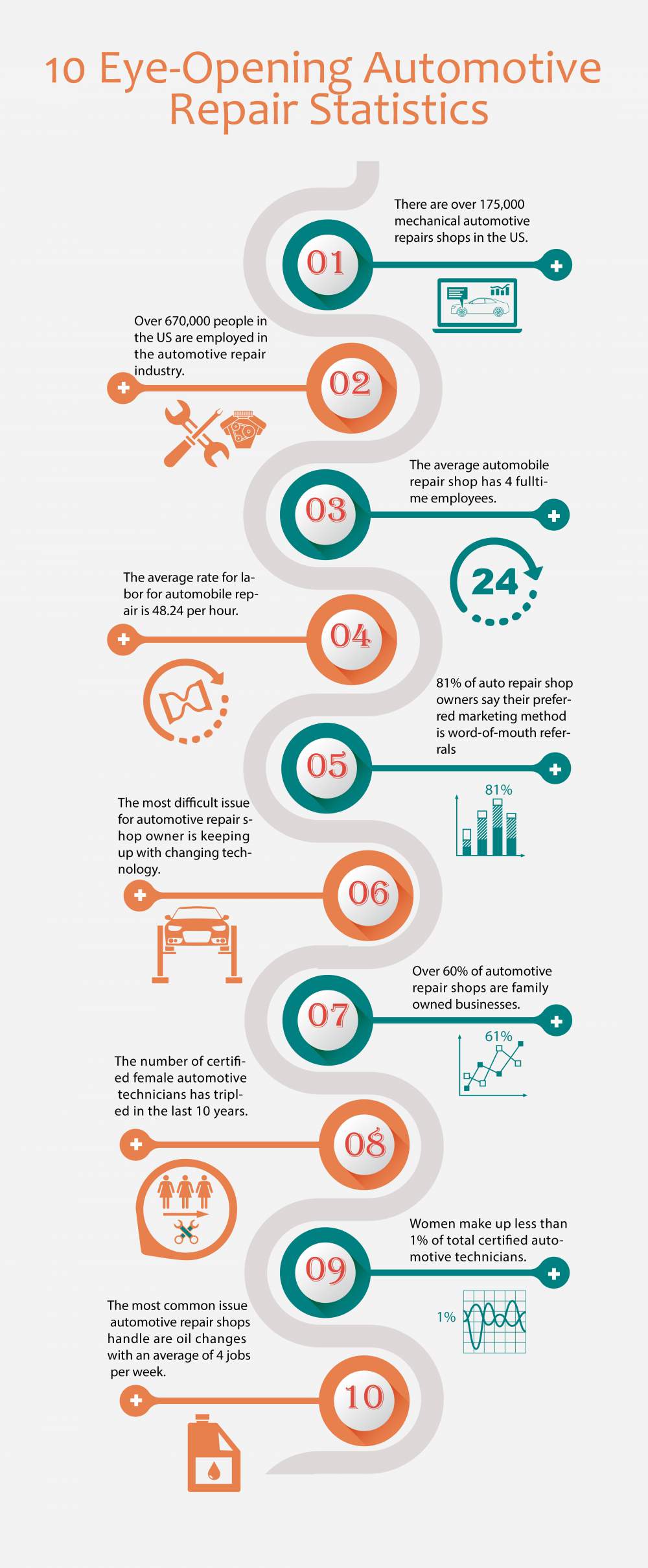Recognizing Your Cars And Truck'S Caution Lights: What Do They Really Mean?
Recognizing Your Cars And Truck'S Caution Lights: What Do They Really Mean?
Blog Article
Short Article Created By-Hartley Alvarado
When you're behind the wheel, those radiant caution lights on your dashboard can be a bit perplexing. Do you understand what they're trying to inform you concerning your auto's health and wellness? Understanding the value of these lights is essential for your security and the durability of your automobile. So, the next time among those lights turns up, wouldn't you intend to decipher its message properly and take the required actions to resolve it?
Common Caution Lights and Interpretations
Identify typical warning lights in your vehicle and recognize their meanings to make sure safe driving.
One of the most common warning lights include the check engine light, which signals issues with the engine or emissions system. If this light comes on, it's vital to have your automobile checked promptly.
The oil stress alerting light suggests reduced oil pressure, calling for immediate interest to stop engine damages.
A blinking battery light could suggest a defective charging system, possibly leaving you stranded otherwise attended to.
The tire pressure surveillance system (TPMS) light notifies you to reduced tire stress, affecting lorry stability and gas performance. Ignoring this might bring about unsafe driving conditions.
The ABS light suggests a problem with the anti-lock braking system, compromising your ability to quit quickly in emergency situations.
Finally, the coolant temperature cautioning light warns of engine overheating, which can result in extreme damages if not resolved swiftly.
Comprehending these typical caution lights will aid you attend to problems promptly and preserve risk-free driving conditions.
Value of Prompt Interest
Comprehending the typical warning lights in your cars and truck is just the initial step; the relevance of quickly dealing with these warnings can't be emphasized enough to guarantee your safety when traveling.
When a caution light brightens on your control panel, it's your cars and truck's way of connecting a prospective issue that requires interest. Disregarding these cautions can result in much more severe troubles later on, compromising your security and possibly costing you a lot more in repairs.
Prompt interest to cautioning lights can avoid malfunctions and accidents. For example, a flashing check engine light could indicate a misfire that, if left unattended, can cause damage to the catalytic converter. Resolving try this web-site can save you from a costly fixing.
Similarly, https://cashnicxs.targetblogs.com/32640335/the-comfort-of-mobile-auto-describing-changes-your-automobile-s-appearance-however-is-it-as-reliable-as-standard-methods-discover-the-truth-behind-this-solution warning light might indicate reduced brake liquid or worn brake pads, essential components for your safety and security when driving.
Do It Yourself Troubleshooting Tips
If you observe a caution light on your dashboard, there are a few do it yourself troubleshooting tips you can try prior to seeking expert help.
The first step is to consult your automobile's guidebook to comprehend what the particular warning light indicates. In some cases the problem can be as simple as a loosened gas cap activating the check engine light. Tightening up the gas cap may solve the problem.
Another typical issue is a reduced battery, which can trigger various advising lights. Examining the battery links for rust and guaranteeing they're secure might repair the trouble.
If a warning light continues, you can attempt resetting it by detaching the auto's battery for a couple of mins and afterwards reconnecting it. Furthermore, examining https://brake-repair62840.elbloglibre.com/32056039/mobile-cars-and-truck-outlining-enhancing-your-car-s-appearance-on-the-move , such as oil, coolant, and brake fluid, can aid repair warning lights connected to these systems.
Conclusion
Finally, recognizing your vehicle's warning lights is vital for keeping your car running efficiently and securely. By promptly attending to these informs and knowing what they suggest, you can prevent pricey repair work and prospective break downs.
Remember to consult your auto's guidebook for specific details on each alerting light and do something about it as necessary to make sure a trouble-free driving experience.
Keep informed, remain safe on the road!
